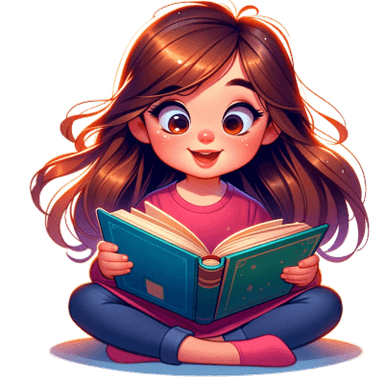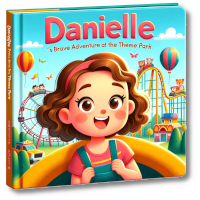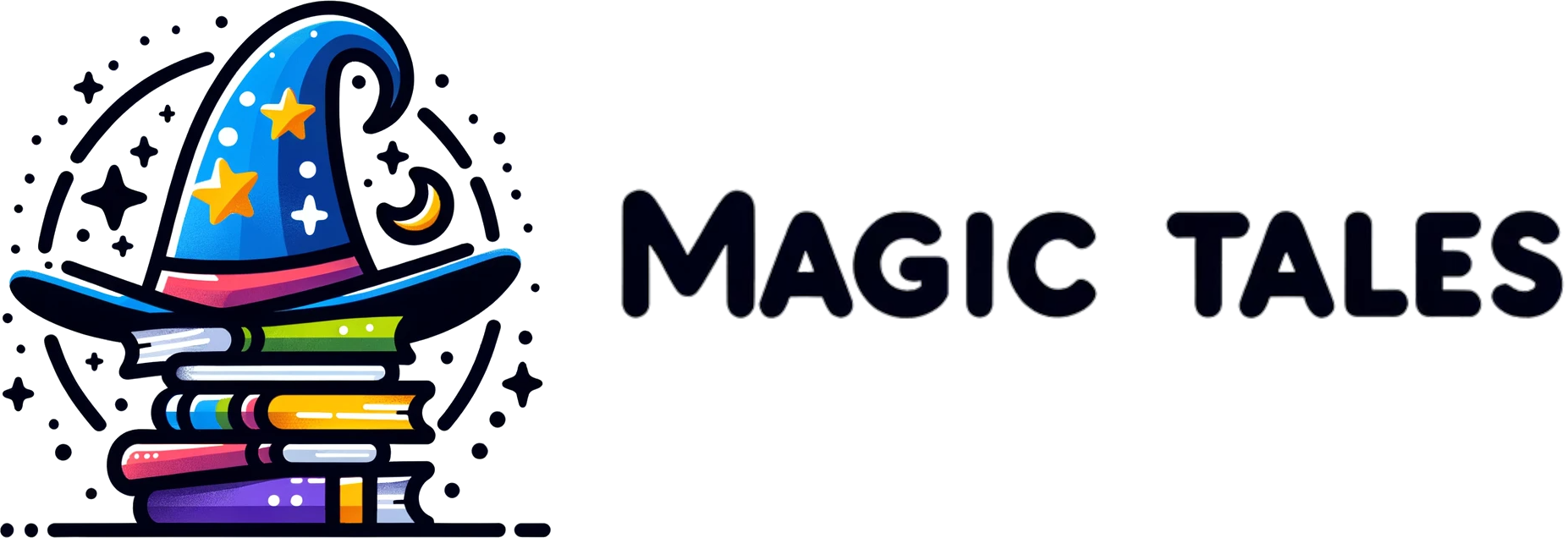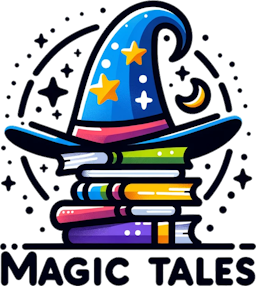Reading with children
a blog by Magic Tales

The Hidden Shadows: Unraveling the Psychology of Bullying in Children’s Literature
Children’s literature has long been a captivating blend of realism and fantasy, designed to entertain, educate, and inspire. Among the enchanting worlds and fascinating characters, there's an omnipresent, oft-undiscussed theme: bullying.
Children's literature provides a medium through which children can experience and understand difficult scenarios like bullying in a safe and mediated context. This allows them to explore the thoughts, feelings, and consequences associated with it, often aiding empathy and emotional development.
The Bully in Children’s Literature
A common character archetype in these books is the 'bully.' The bully's role not only establishes conflict but also allows for the exploration of the psychology behind bullying. From classic tales like 'The Railway Children' to contemporary novels like 'Wonder', bullying remains a prevalent issue. Their portrayal in literature helps children understand the motivations behind bullying behavior and its impact.
The psychology of a bully is often rooted in external influences such as family environment, peer pressure or personal insecurity. By including bullying into stories, children are subconsciously taught to recognize these potential factors and behaviors.
Victim’s Perspective
In the same vein, children's literature also explores the perspective of the victim. It allows readers to understand emotional distress, the feeling of being powerless, and the social isolation that often accompanies those experiences. This comprehension is crucial in helping children identify bullying and empathize with victims.
Books like 'The Hundred Dresses' and 'Bystander' allow children to walk in the shoes of the bullied, fostering sensitivity towards the feelings of others and highlighting the importance of kindness.
Empowering the Bystanders
Beyond showcasing the bully and the bullied, literature encourages readers to see themselves as potential 'helpers' or 'bystanders.' In real-life situations, bystanders often struggle with whether to intervene or avoid involvement in order to prevent becoming targets themselves.
By exploring the role and reaction of bystanders, such as in the book 'Thirteen Reasons Why,', children learn the significance of their action (or inaction), helping them to make better choices in real-life bullying situations.
Imagined Resolution and Lessons Learned
Lastly, children’s literature often provides resolutions to bullying scenarios. It can provide mastership experiences by showing bullied characters overcoming their issues and finding support, thus giving children a sense of hope and promoting resilience.
Stories in books can be important tools in sparking conversations between children and adults about bullying, helping children understand such behaviors are unacceptable and discussions around it are essential.
In conclusion, while the reality of bullying is harsh and punishing, its presence in children's literature - treated with care, sensitivity and innovativeness - can help children understand, empathize and act against such behaviors. So next time you pick up a children's book for your little one, remember, it's more than just a tale. It could be a life lesson in disguise.
A common character archetype in these books is the 'bully.' The bully's role not only establishes conflict but also allows for the exploration of the psychology behind bullying. From classic tales like 'The Railway Children' to contemporary novels like 'Wonder', bullying remains a prevalent issue. Their portrayal in literature helps children understand the motivations behind bullying behavior and its impact.
The psychology of a bully is often rooted in external influences such as family environment, peer pressure or personal insecurity. By including bullying into stories, children are subconsciously taught to recognize these potential factors and behaviors.
Victim’s Perspective
In the same vein, children's literature also explores the perspective of the victim. It allows readers to understand emotional distress, the feeling of being powerless, and the social isolation that often accompanies those experiences. This comprehension is crucial in helping children identify bullying and empathize with victims.
Books like 'The Hundred Dresses' and 'Bystander' allow children to walk in the shoes of the bullied, fostering sensitivity towards the feelings of others and highlighting the importance of kindness.
Empowering the Bystanders
Beyond showcasing the bully and the bullied, literature encourages readers to see themselves as potential 'helpers' or 'bystanders.' In real-life situations, bystanders often struggle with whether to intervene or avoid involvement in order to prevent becoming targets themselves.
By exploring the role and reaction of bystanders, such as in the book 'Thirteen Reasons Why,', children learn the significance of their action (or inaction), helping them to make better choices in real-life bullying situations.
Imagined Resolution and Lessons Learned
Lastly, children’s literature often provides resolutions to bullying scenarios. It can provide mastership experiences by showing bullied characters overcoming their issues and finding support, thus giving children a sense of hope and promoting resilience.
Stories in books can be important tools in sparking conversations between children and adults about bullying, helping children understand such behaviors are unacceptable and discussions around it are essential.
In conclusion, while the reality of bullying is harsh and punishing, its presence in children's literature - treated with care, sensitivity and innovativeness - can help children understand, empathize and act against such behaviors. So next time you pick up a children's book for your little one, remember, it's more than just a tale. It could be a life lesson in disguise.
Want a personalized book to read with your child about Bullying?
Takes as quickly as 30 seconds to create
Create a book about Bullying

